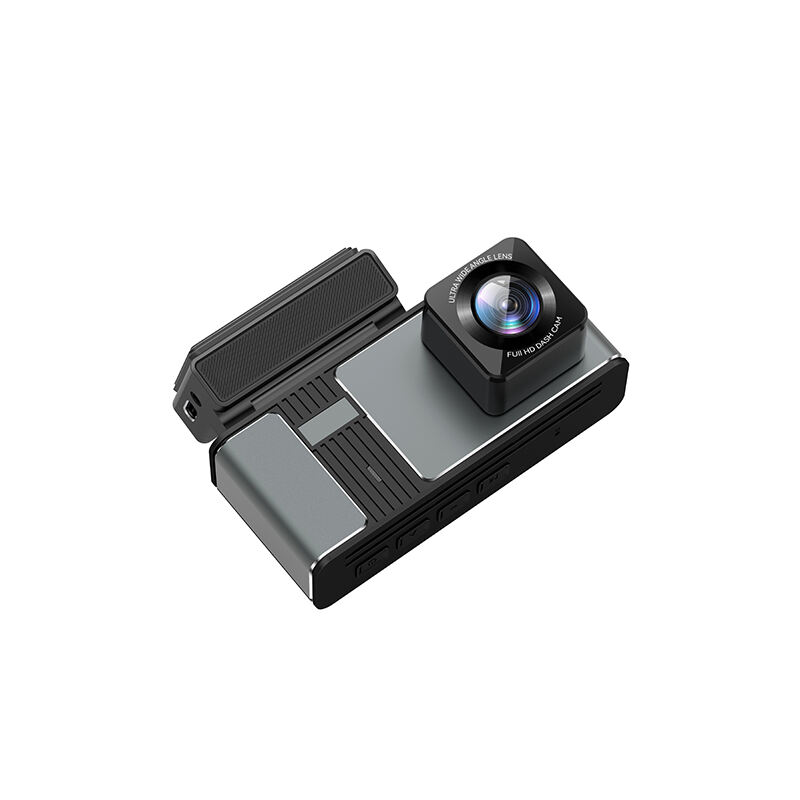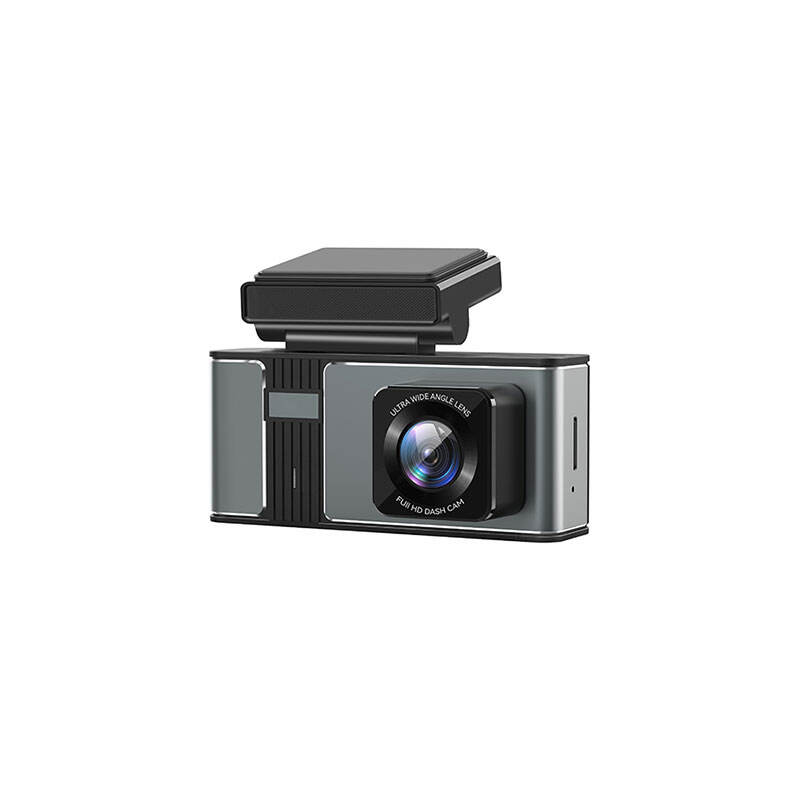Essential Guide to Discreet Dash Cam Installation
Installing a hidden dash cam in your vehicle can provide invaluable protection and peace of mind while maintaining your car's aesthetic appeal. A properly concealed dash camera not only helps document incidents on the road but also serves as a deterrent against theft and vandalism when parked. This comprehensive guide will walk you through the entire process of selecting, positioning, and installing a hidden dash cam system that seamlessly integrates with your vehicle.
Selecting the Right Hidden Dash Cam System
Key Features to Consider
When choosing a hidden dash cam, several crucial features deserve your attention. Look for models with high-resolution recording capabilities, preferably 1080p or higher, to ensure clear footage of license plates and road signs. Wide-angle lenses, typically between 140-170 degrees, provide comprehensive coverage of the road ahead. Night vision capability is essential for round-the-clock protection, while loop recording ensures continuous operation without manual intervention.
Storage capacity plays a vital role in your dash cam's functionality. Most hidden dash cams support microSD cards up to 128GB or 256GB. Consider models with Wi-Fi connectivity for easy footage retrieval and GPS tracking to record speed and location data. Motion detection and parking mode features offer additional security when your vehicle is stationary.
Form Factor and Concealment Options
The most discreet hidden dash cams come in various designs that blend seamlessly with your vehicle's interior. Some popular options include models that integrate with your rearview mirror, units that mount behind your mirror, or compact cameras that can be tucked behind your dashboard. Consider the interior layout of your vehicle and choose a form factor that offers the best combination of concealment and functionality.
Many modern hidden dash cams feature sleek, compact designs with minimal LED indicators and matte black finishes to reduce visibility. Some models even disguise themselves as standard vehicle components, such as radar detectors or GPS units, providing excellent camouflage while maintaining full functionality.

Professional Installation Techniques
Optimal Mounting Locations
The key to successful hidden dash cam installation lies in selecting the perfect mounting location. The most common placement is behind the rearview mirror, where the camera remains virtually invisible to both driver and outside observers. Alternative locations include integration with the dashboard top, mounting near the headliner, or positioning within factory-installed trim pieces.
Consider factors such as field of view, windshield angle, and local regulations regarding windshield obstructions when choosing your mounting location. Ensure the selected position doesn't interfere with airbag deployment zones or obstruct your view of the road.
Wire Routing and Power Connection
Professional-looking installation requires careful wire management. Begin by planning your wire routing path from the camera to your vehicle's power source. Most installations utilize the headliner, A-pillars, and door weatherstripping to conceal wiring. Use plastic trim removal tools to safely access these areas without damaging your vehicle's interior.
For a truly hidden installation, consider hardwiring your dash cam to the vehicle's fuse box using a hardwire kit. This eliminates visible power cables and enables parking mode functionality. Always consult your vehicle's wiring diagram and use appropriate fuse taps to prevent electrical issues.
Advanced Installation Considerations
Multi-Camera Setup Integration
Modern hidden dash cam systems often include multiple cameras for comprehensive coverage. When installing front and rear cameras, plan your wire routing to accommodate both units while maintaining concealment. Rear camera wiring can typically follow the headliner and door sills to reach the trunk area. Consider using existing wire channels or grommets when passing cables through vehicle panels.
For vehicles with complex electronic systems, verify compatibility with your vehicle's electrical architecture. Some luxury vehicles may require specialized power adapters or installation techniques to prevent interference with existing systems.
Weather and Temperature Considerations
Hidden dash cams must withstand varying environmental conditions. Position your camera to avoid direct sunlight exposure, which can affect video quality and potentially damage the device. Consider using UV-resistant adhesive pads for mounting and ensure adequate ventilation around the camera to prevent overheating.
In regions with extreme temperatures, select a dash cam rated for wide temperature ranges. Some models include capacitors instead of batteries, offering better reliability in hot conditions. Additionally, consider applying UV-protective film to nearby windows to reduce heat exposure.
Testing and Maintenance Protocol
Initial Setup and Calibration
After installation, thoroughly test your hidden dash cam system. Verify proper alignment and field of view by reviewing recorded footage. Adjust camera angles if necessary to capture optimal coverage of the road ahead. Configure settings such as resolution, loop recording duration, and G-sensor sensitivity according to your preferences.
Test all features including parking mode, motion detection, and Wi-Fi connectivity. Ensure the camera starts recording automatically when the vehicle starts and properly switches to parking mode when parked. Verify that all status indicators are functioning correctly while remaining discreet.
Regular Maintenance Requirements
Maintain your hidden dash cam's performance through regular checks and cleaning. Periodically review recorded footage to ensure consistent quality and proper alignment. Clean the lens carefully using appropriate materials to prevent scratches and maintain clear recordings.
Check wire connections and mounting security monthly, as vehicle vibrations can loosen components over time. Update firmware when available to access new features and improve stability. Regularly format your memory card according to manufacturer recommendations to prevent corruption and ensure reliable recording.
Frequently Asked Questions
Is it legal to install a hidden dash cam in my vehicle?
The legality of hidden dash cams varies by jurisdiction. In most areas, dash cams are legal as long as they don't obstruct the driver's view and comply with local privacy laws. However, some regions have specific requirements regarding windshield mounting locations and recording consent. Always check your local regulations before installation.
How can I ensure my hidden dash cam works during parking?
To enable parking mode functionality, hardwire your dash cam to a constant power source in your vehicle's fuse box using a hardwire kit with voltage protection. This allows the camera to monitor your parked vehicle while preventing battery drain. Many modern hidden dash cams include built-in voltage cut-off features for added protection.
What should I do if my hidden dash cam stops working?
First, check all power connections and ensure your memory card isn't full or corrupted. Verify that the camera lens is clean and unobstructed. If problems persist, consult your user manual for troubleshooting steps or contact the manufacturer's support team. Regular maintenance and firmware updates can prevent most common issues.



